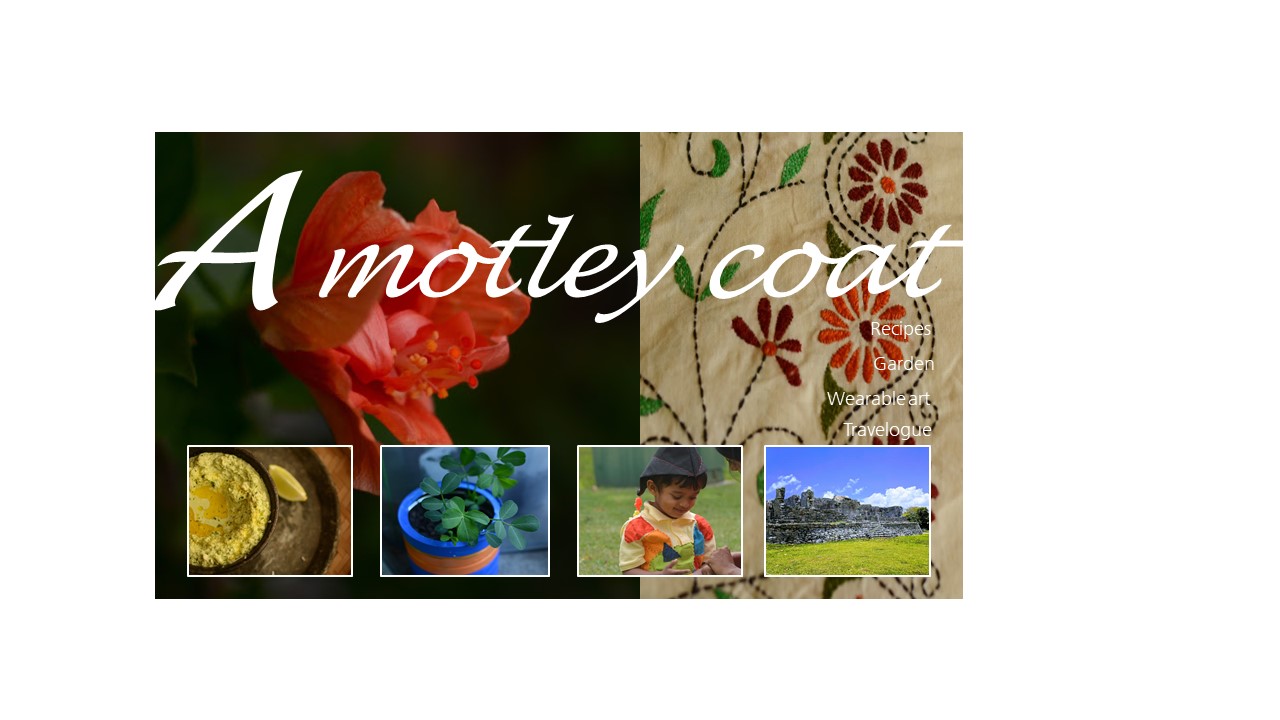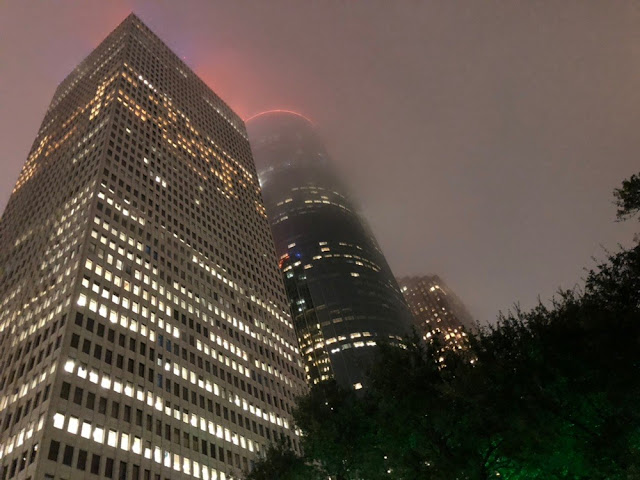And amidst all the commute, grind of graduate studies, there are small nuggets of happiness!
This year, the Halloween celebration at Houston was more on a " trickier" side. The day started with light drizzle, but as the hours progressed it started looking dark. At around 4 pm Tornado warnings were issued. Severe storms and cold front engulfed the city. Afternoon rains already produced 2 to 3 inches of water in several locations. By the time I reached the university for my evening classes, several entrance to the University of Houston were getting closed due to rising waters.
By the time our classes got over, thankfully the flood waters had receded and I could go back home safely.
The Halloween parade at Lil S's school was done a week before the actual Halloween and it was indeed a sunny day, perfect for trick-o-treat.
This year I was running short of ideas ( and lack of time) and finally had to settle for a very simple Jack-o-Lantern costume.
The students did a parade and danced with some musical numbers and exchanged goody bags!
I love how this small project turned out! I have promised myself to include more creativity for next year.
I know I am late..but still wishing you all , Boo Hoo, my bright Jack'o Lantern is here!!































